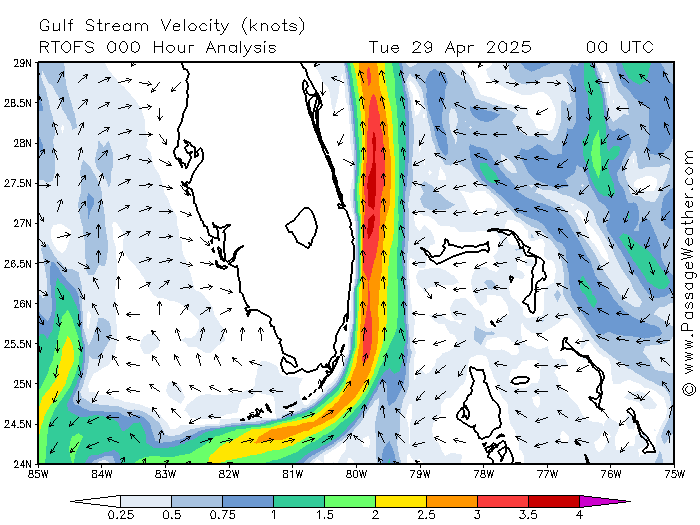The most advanced climate models are actually modified meteorological models attempting to capture climate in meteorological terms. This seems a straightforward matter of raw computing power applied to large enough sources of current data. Some believe that models have succeeded in capturing climate in this manner. But have they? This paper outlines difficulties with this picture that derive from the finite representation of our computers, and the fundamental unavailability of future data instead. It suggests that alternative windows onto the multi-decadal timescales are necessary in order to overcome the issues raised for practical problems of prediction. In contrast, employing meteorologically-based computer models for climate is a program to capture climate in meteorological terms. Describing those models as models of climate overlooks the central scientific problem that they must address. They are forced to search for what climate actually is within those terms. Thus there is an important distinction between the kinetic-laboratory scale problem and the meteorology-climate problem. The latter is a far more ambitious scientific problem. No matter how difficult the path leading from the kinetic regime was, there was always the clear guiding principle that the path had to end at the laboratory regime, which was and is fully known. Unlike the kinetic analogue, the meteorological path has no clear end point. There is no rigorous, physically-based regime to aim for that is known a priori. There is no choice but to search for what climate actually is in meteorological terms, in addition to navigating the search over a path fundamentally handicapped by a truncated physics necessitated by the finiteness of our tools.
There are many different types of climate models. Some are purely didactic, for which there is no specific expectation of prediction. The more advanced models are meteorologically based and are presented as ‘‘simulations’’ used for climate ‘‘projections’’. This common terminology about what climate models are and what they do is telling. A ‘‘projection’’ holds a more modest claim on the future than a prediction, and ‘‘simulation’’ suggests imitation rather than a representation of the thing itself-neither represents the qualities aspired to by a field rooted in rigorous physics. Even ‘‘model’’ is used in a manner different from other fields of science. The standard model of physics, for example, is subject to falsification. If it fails to make correct predictions in controlled experiments, it is false. Projections are not good enough there. Even in astrophysics, models explain phenomena that are normally subject to falsification through broad questions asked about multiple occurrences of similar physical circumstances, even in highly data-starved contexts. What makes climate models fundamentally different is that they are presented as being unfalsifiable. Even when they deviate from actual observations, they are not superseded by a better competing model. Deviations simply invite some retuning. Moreover instead of replacement by better models retuning leads to all models becoming more alike...Finding a theory for climate within the physics of the laboratory regime is, of course, roughly analogous to trying to extract the fluid mechanics of the laboratory regime from the microscopic chaos of kinetic theory [26,27]. Even the range of scales between the kinetic and laboratory regimes is similar in size to the corresponding range between the laboratory and climate regimes.
The explanation of the laboratory scales in terms of kinetic ones has historically been fraught with deep difficulties, which inspired great endeavors in perturbation theory and even whole new fields such as ergodic theory, and it ultimately became one of the major roots of modern dynamical systems theory and chaos. In contrast, employing meteorologically-based computer models for climate is a program to capture climate in meteorological terms. Describing those models as models of climate overlooks the central scientific problem that they must address. They are forced to search for what climate actually is within those terms. Thus there is an important distinction between the kinetic-laboratory scale problem and the meteorology-climate problem. The latter is a far more ambitious scientific problem. No matter how difficult the path leading from the kinetic regime was, there was always the clear guiding principle that the path had to end at the laboratory regime, which was and is fully known. Unlike the kinetic analogue, the meteorological path has no clear end point. There is no rigorous, physically-based regime to aim for that is known a priori. There is no choice but to search for what climate actually is in meteorological terms, in addition to navigating the search over a path fundamentally handicapped by a truncated physics necessitated by the finiteness of our tools...


